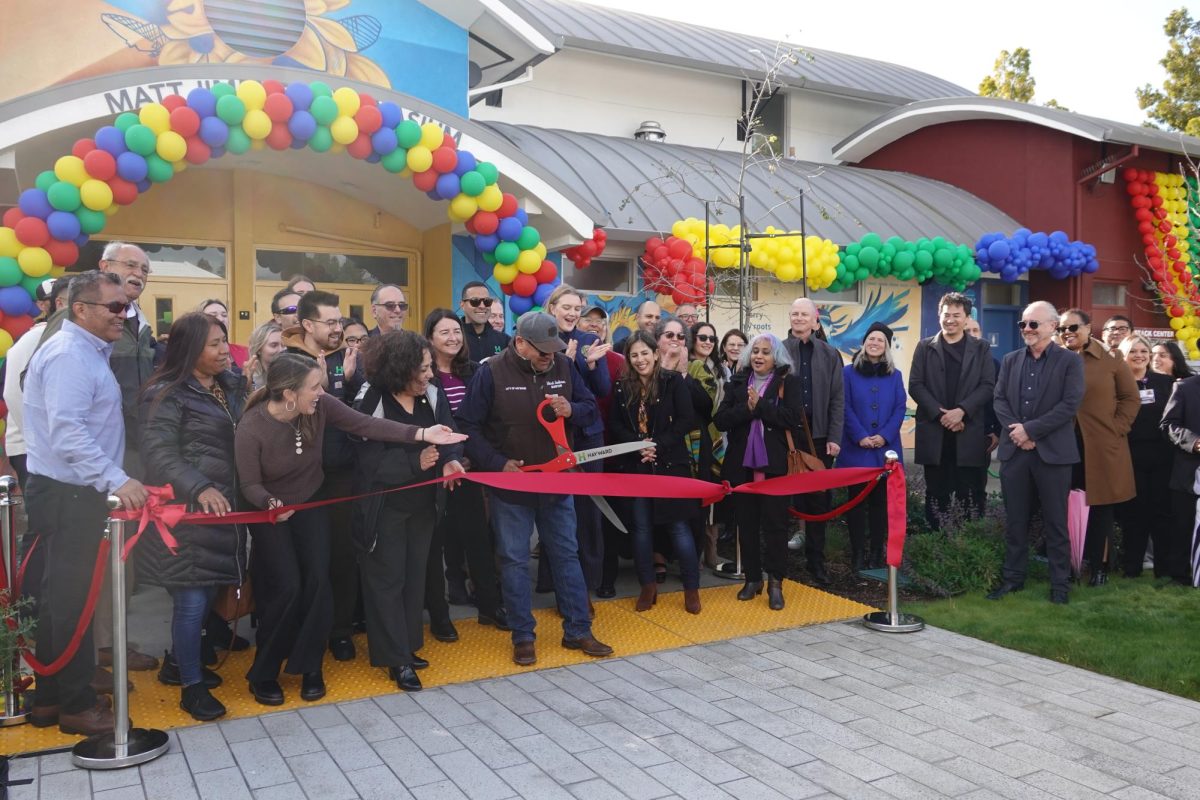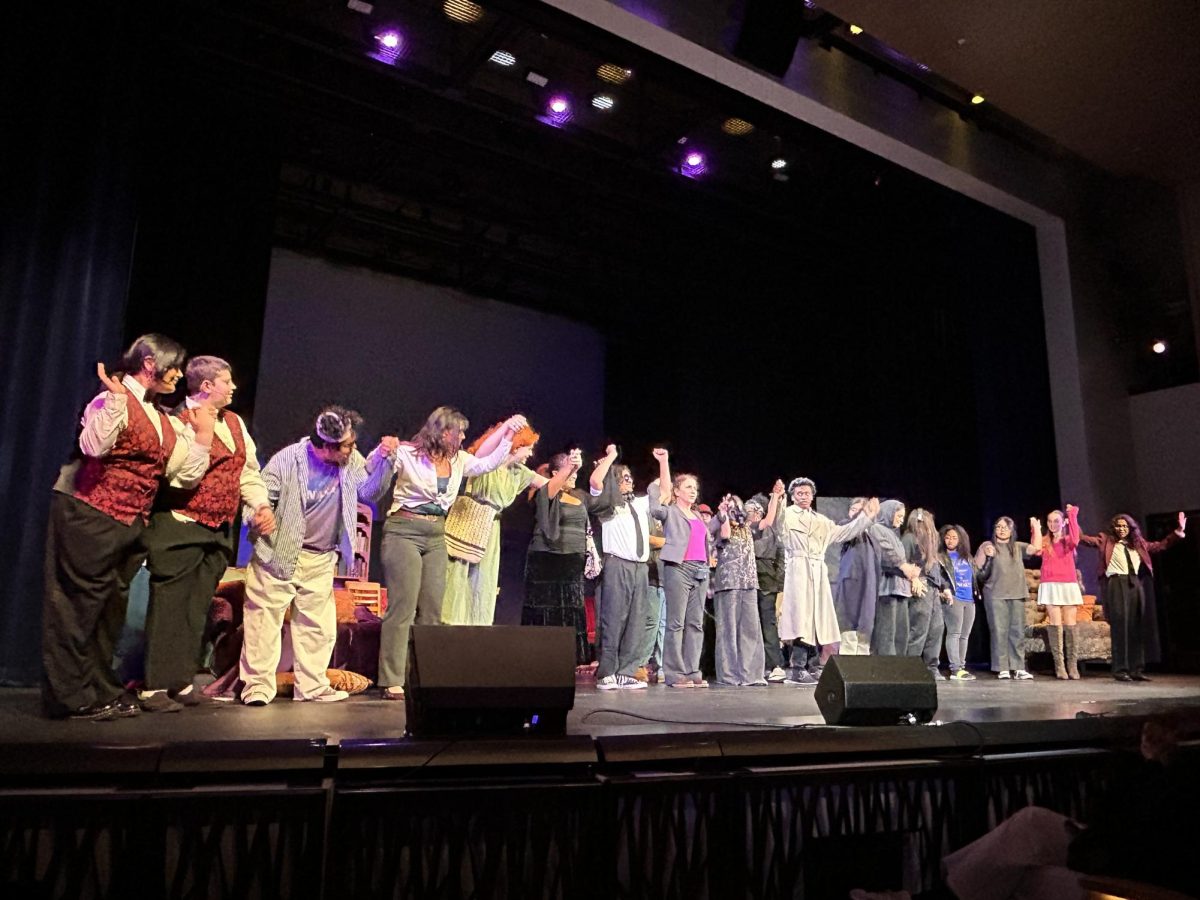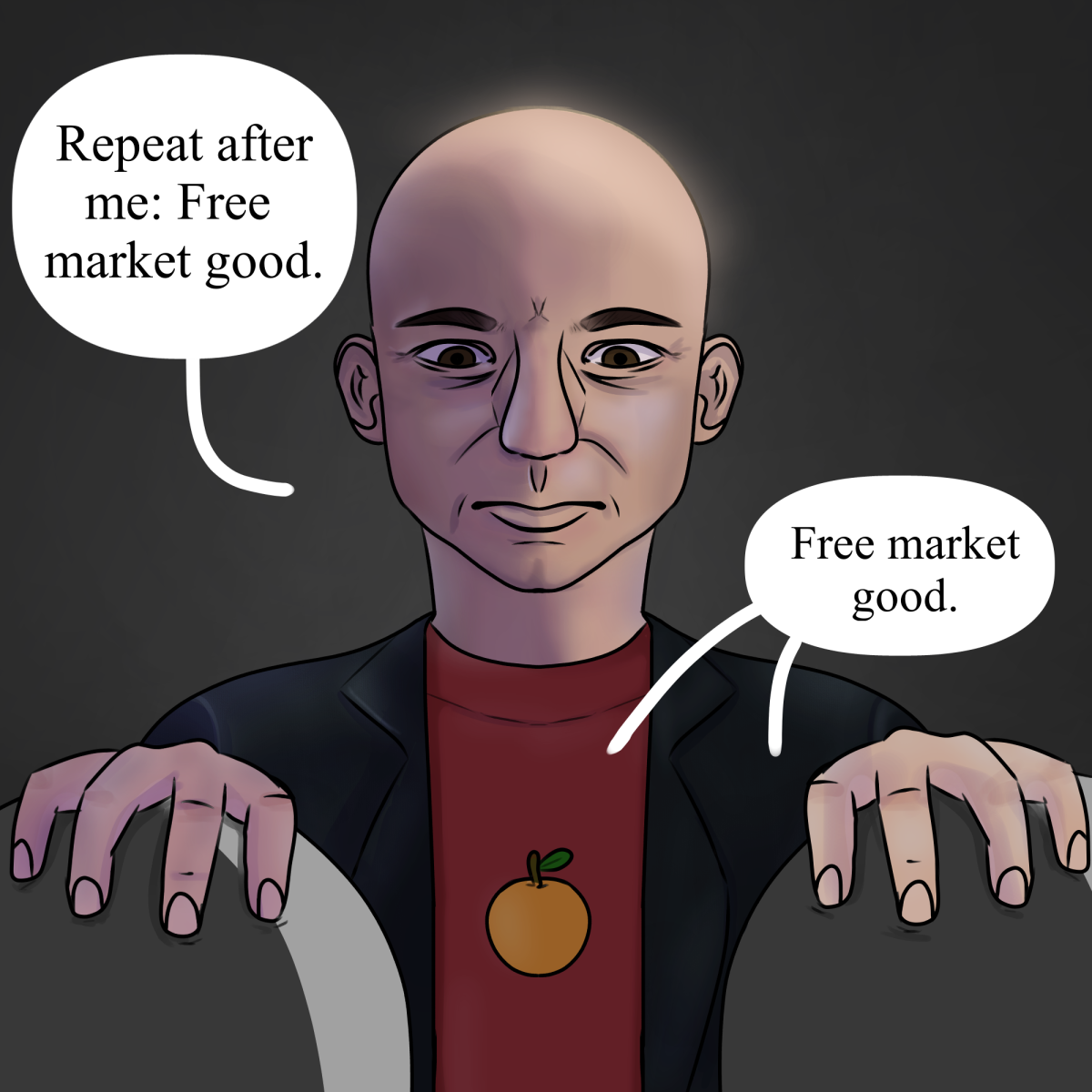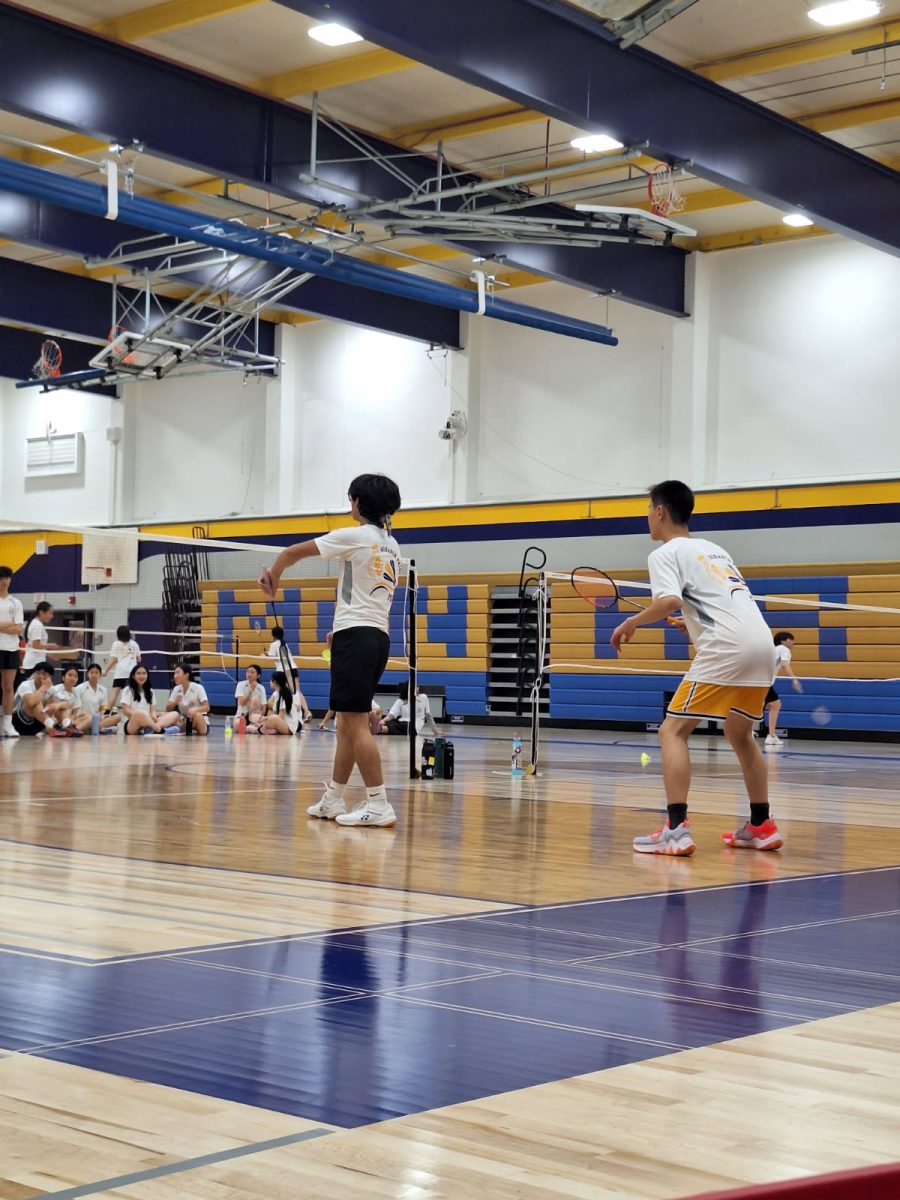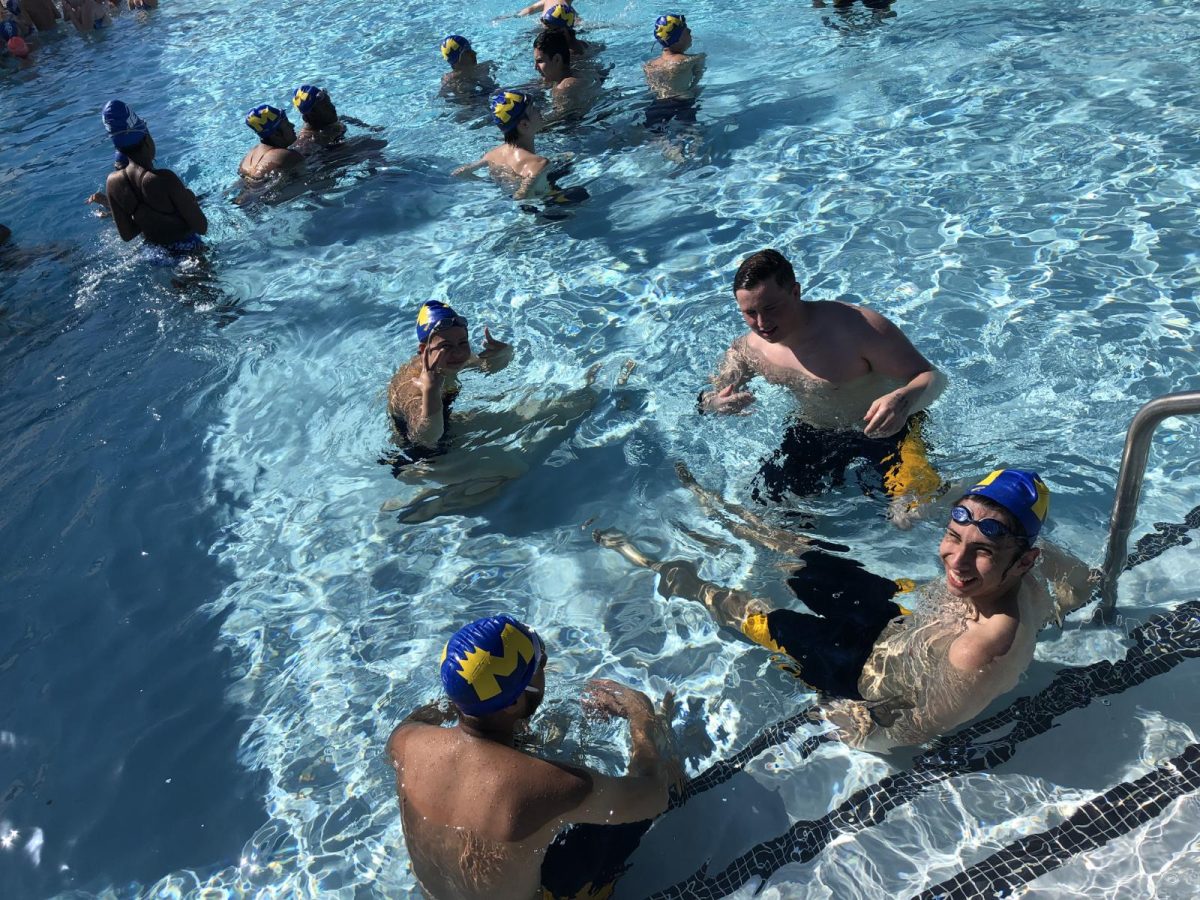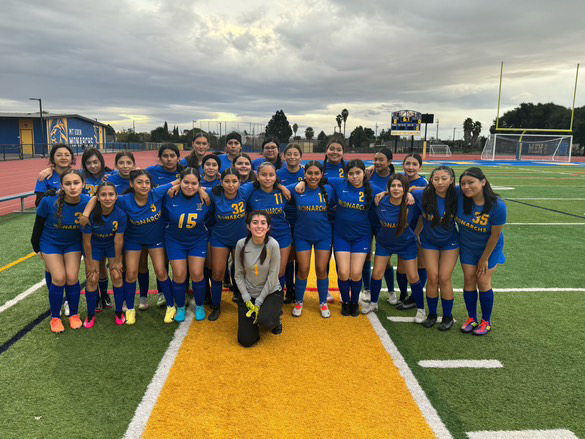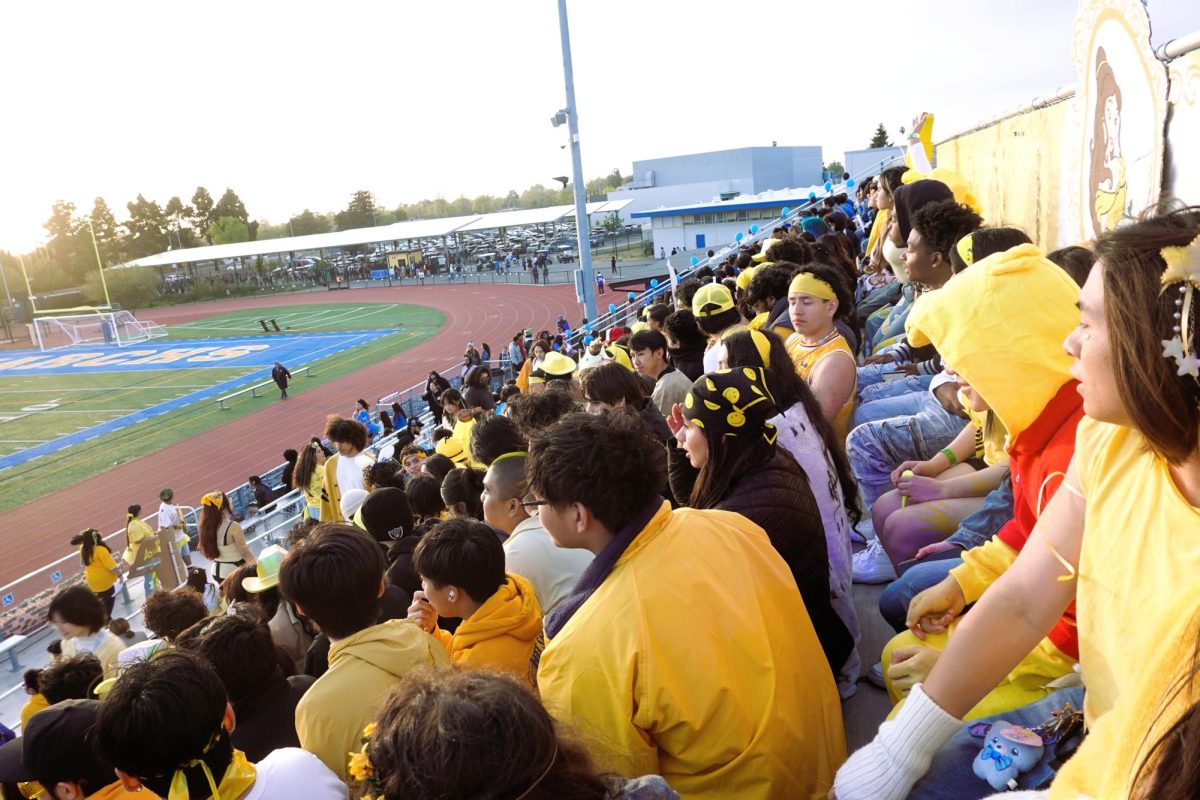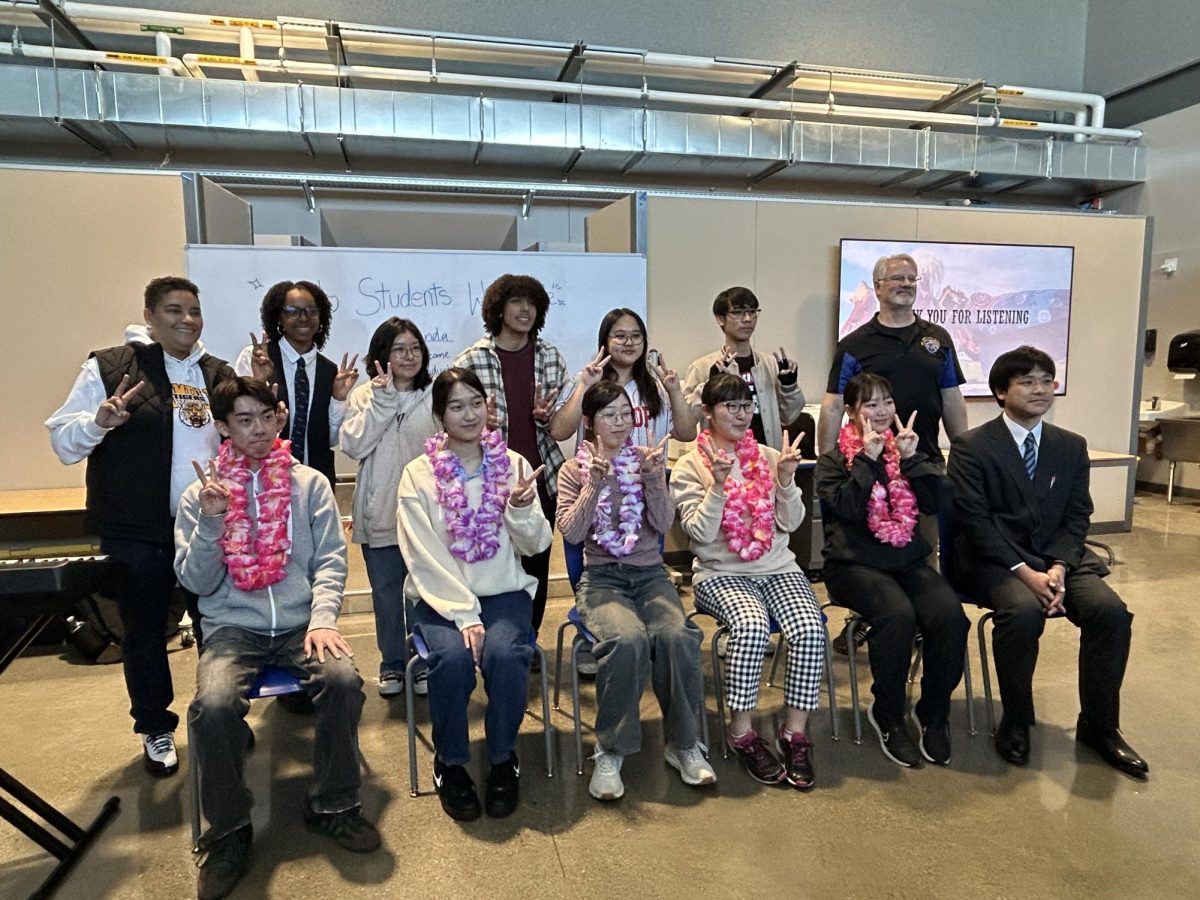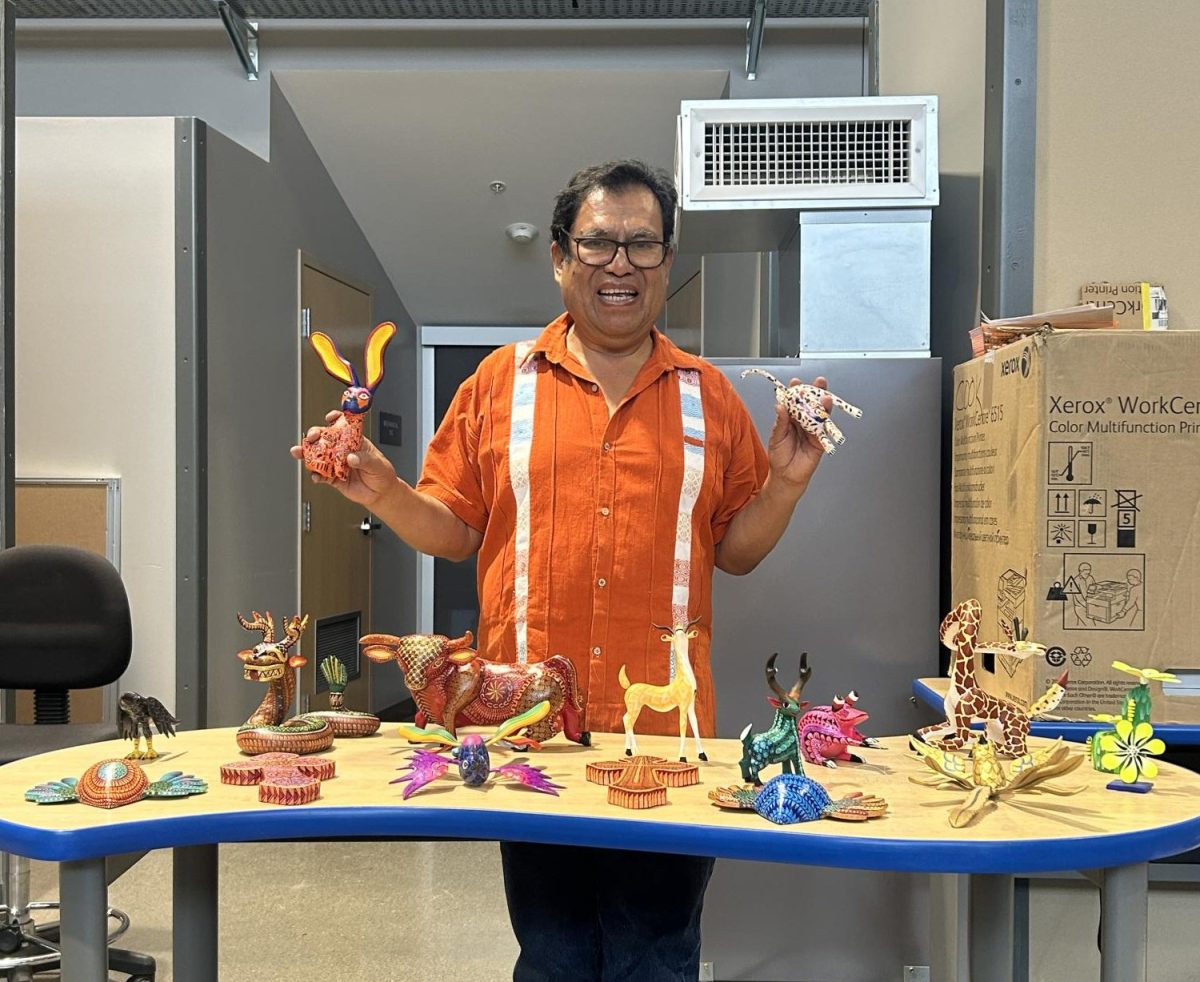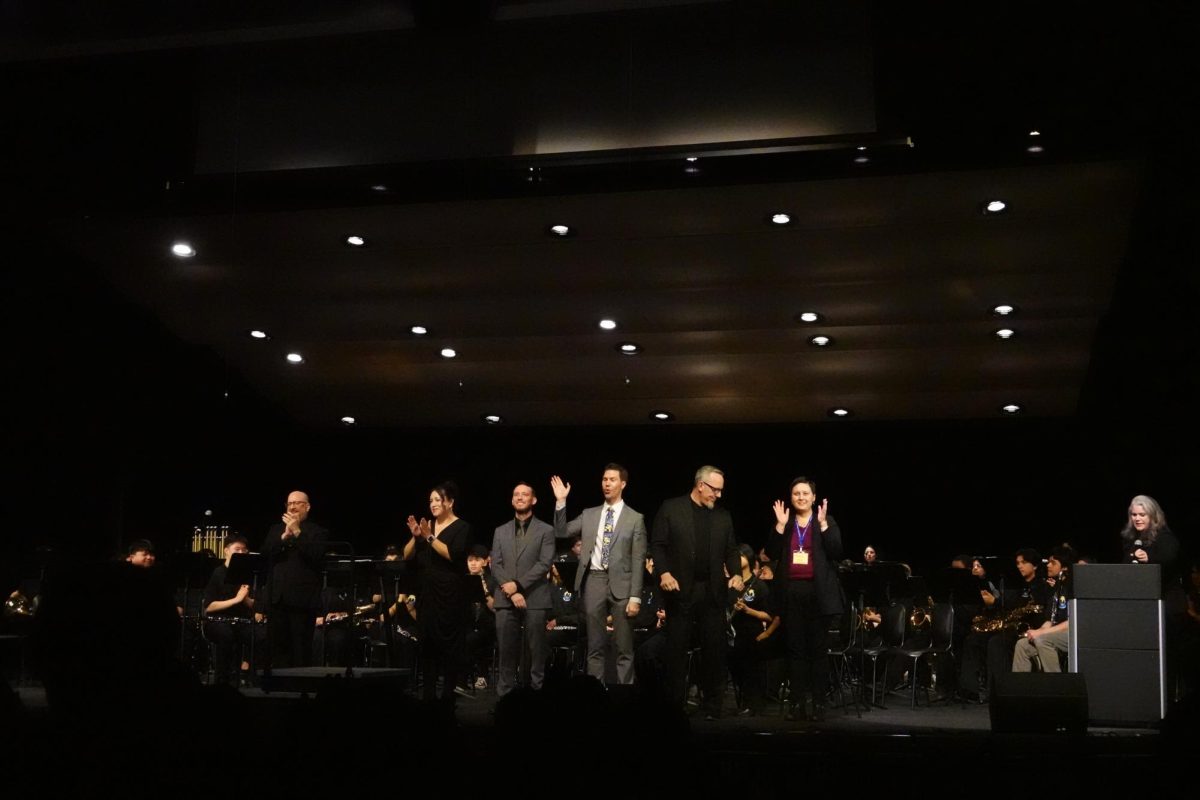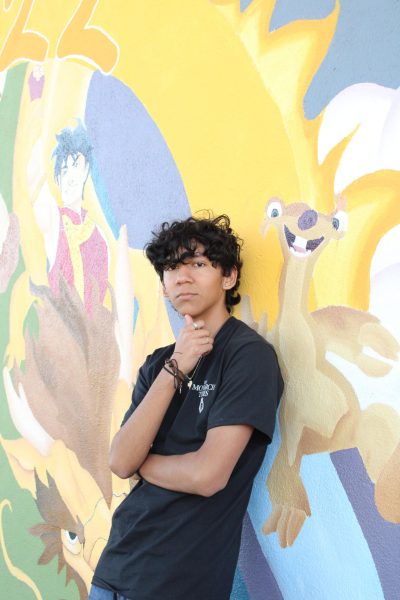Less than a month ago, the first semester for the 2023-24 school year ended after the long-dreaded finals week, which came a week after winter break. Although most students—myself included— breathed a sigh of relief after seemingly unending all-nighters consisting of cram-studying and Monster Energy drinks, many questioned the extent of our rest.
“Rest,” if that’s what you consider two days off in exchange for nearly three weeks of studying; the feeling of being dragged into a new semester as quickly as you reached the surface after finals leaves students with contempt for the schedule.
With winter break landing before finals, many students feel like they are not given a proper break from academics; they are expected to study for the entirety of the break for upcoming finals, an unrealistic expectation placed upon teenagers. Even if students use their given time to study, they still go without a proper break, increasing their chances of academic burnout. Pressure increases tenfold for AP students.
It’s a lose-lose situation regardless, and the very purpose of the break is ultimately defeated. Students will either study endlessly or procrastinate endlessly, resulting in either burnout or underperformance. Performance in finals is likely attributed to finals scheduling: Piedmont, Fremont, Pleasanton, San Mateo, and Palo Alto are among the top-rated districts in the Bay, and each has winter breaks that come after finals. It seems as though scheduling finals before break may have a positive impact on students’ performances.
Students aren’t the only ones against finals schedules. Some teachers find themselves frustrated with the scheduling as they’re often left to cram a semester’s worth of knowledge into four days of review right as students return from break. Teachers fear their students will perform worse with the schedule, and actively try to change it. Kelly Serrano, Mathematics Department Chair, confirms teachers have sought out district and outside leaders to push finals testing up before winter break for years, making “winter break truly a break.”
“I’ve been on that crusade for eight years […] I really think it would be better for students, teachers, and continuity,” Serrano added.
Even though a vocal proportion of teachers and students state their concerns over the finals schedule and winter break, it isn’t as easy as it sounds to carry out a schedule change; the district has its reasons for maintaining the schedule. Antagonizing the district isn’t the solution.
Hector Garcia, with a remarkable 24-year tenure in the district as a former elementary teacher and the current Director of Curriculum, Instruction, & Assessment at HUSD, brings a unique perspective to the discussion. Having served as a teacher, a district official, and a parent with a child enrolled in an HUSD High School, Garcia offers valuable insights into the matter with his nuanced perspective.
Garcia said the district believed there would be an extra two weeks to study for finals if winter break came before; there were good intentions for the students. However, Garcia added that from the perspective of a parent, the schedule planning has flaws.
The problem arises when bringing change. Although possible, Garcia asserted it’d take much effort and time to push winter break back. According to Garcia, changing the schedule would require discussion and a policy change by HUSD board members over an unclear amount of time. Only then would reorganization occur, demanding heavy effort from staff at HUSD to push every date back, such as grade reports and semester starts. Garcia states a discussion over the finals schedule has happened before, but no current or concrete plans to change the schedule are clear.
According to Serrano, staff receive a calendar survey on the schedule annually, which allows concerns over schedules to be voiced. In theory, change might come if enough staff spoke up. However, the only schools heavily impacted by the finals schedule are high schools, consisting of 4 out of 28 total schools in the district. This means that any traction gained would be difficult and involve many who may have different objectives, as the majority of schools in the district simply aren’t affected.
Garcia and Serrano believe discussion and agreement between teachers and HUSD staff is the key to bringing change. Doing so would take time and effort, which might outlast our time here, but it would help foster a generation of students who perform better in their midterms and most importantly, enjoy their break

